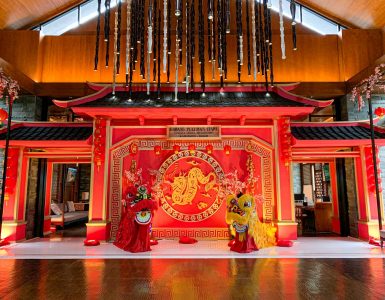Unveiling the Timeless Beauty of the Sangjit Tradition
Pullman Ciawi Vimala Hills Resort Spa & Convention
Unveiling the Timeless Beauty of the Sangjit Tradition
Sangjit, also known as the “Chinese engagement ceremony,” has a rich history intertwined with the cultural fabric of the Indonesian archipelago. Originating from Chinese customs, Sangjit found its way into the hearts and homes of the Indonesian-Chinese community, evolving over the centuries into a unique fusion of Chinese and Indonesian elements. This fusion reflects the harmonious coexistence of diverse cultures within the nation.
In the vibrant tapestry of cultural traditions that adorn the diverse landscape of Indonesia, the Sangjit tradition stands out as a captivating and timeless celebration of family, heritage, and prosperity. Rooted in ancient customs, Sangjit represents more than just a ceremony; it profoundly reflects the deep-seated values that bind communities together. Let us embark on a journey to unravel the layers of this enchanting tradition and discover the enduring beauty that lies within.
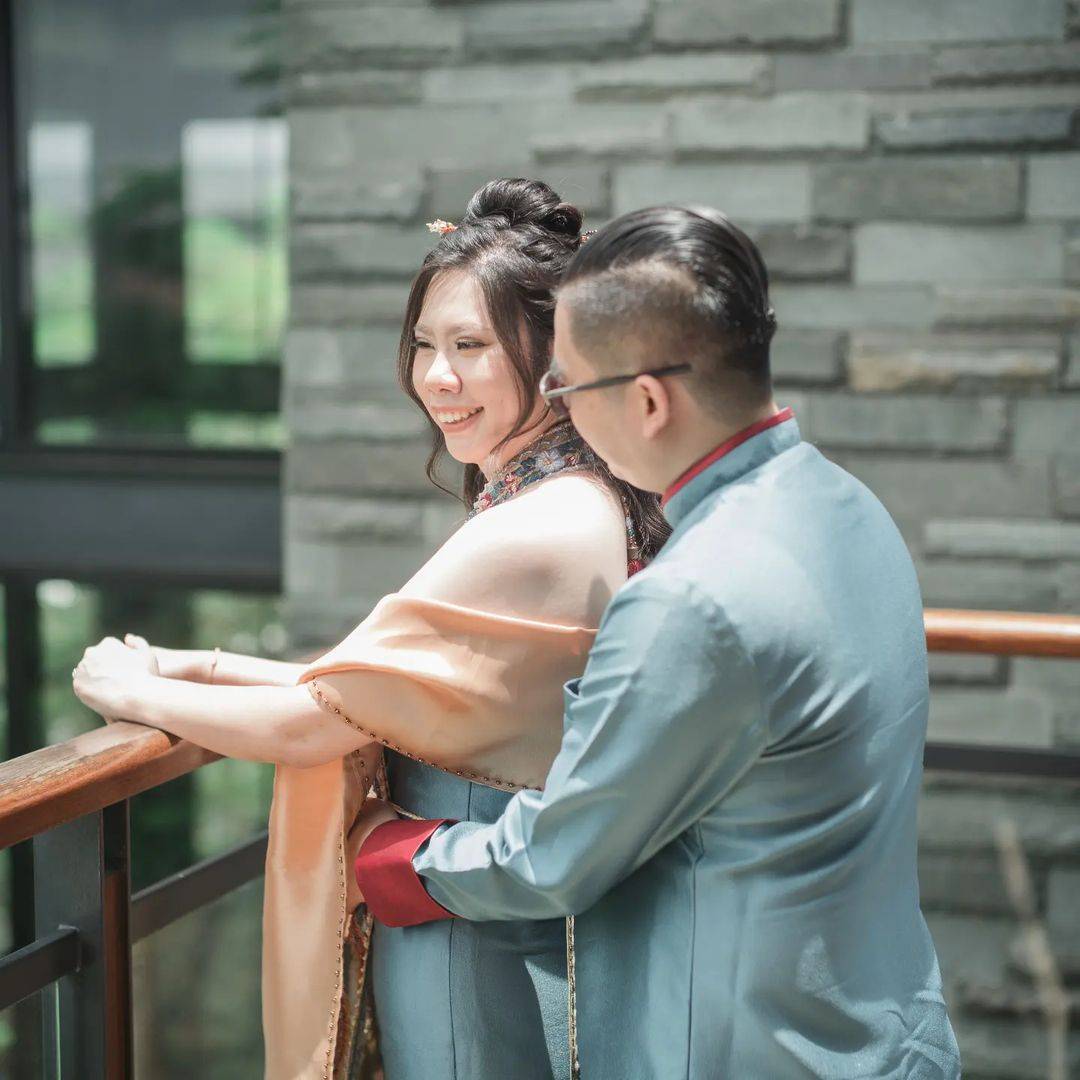
Symbolism and Significance
At its core, Sangjit is a celebration of the union between two families and the impending marriage of their children. The ceremony is marked by exchanging symbolic gifts, each carrying profound meaning. The exchange typically involves the groom’s family presenting the bride with gifts in red and gold, symbolizing luck, prosperity, and happiness. In return, the bride’s family reciprocates with gifts in the color of silver, signifying purity and a bright future.
The items exchanged during Sangjit hold symbolic significance. Traditional gifts include jewelry, clothing, and household items, each carrying blessings for the newlyweds. The gift-giving fosters a sense of unity and shared joy, reinforcing the bonds between the two families.

Elaborate Rituals
Sangjit is characterized by elaborate rituals that unfold in a meticulously choreographed sequence. The ceremony typically begins with the proposal, where the groom’s family formally presents their intention to marry the bride. Following this, the exchange of gifts takes center stage, symbolizing the commitment and blessings exchanged between the families.
One of the most visually striking aspects of Sangjit is the customary use of the color red. Red, a color associated with good fortune and happiness in Chinese culture, is prominent in the decorations, attire, and gifts exchanged during the ceremony. The vibrant hues create a visually stunning spectacle, adding to the festive atmosphere of Sangjit celebrations.
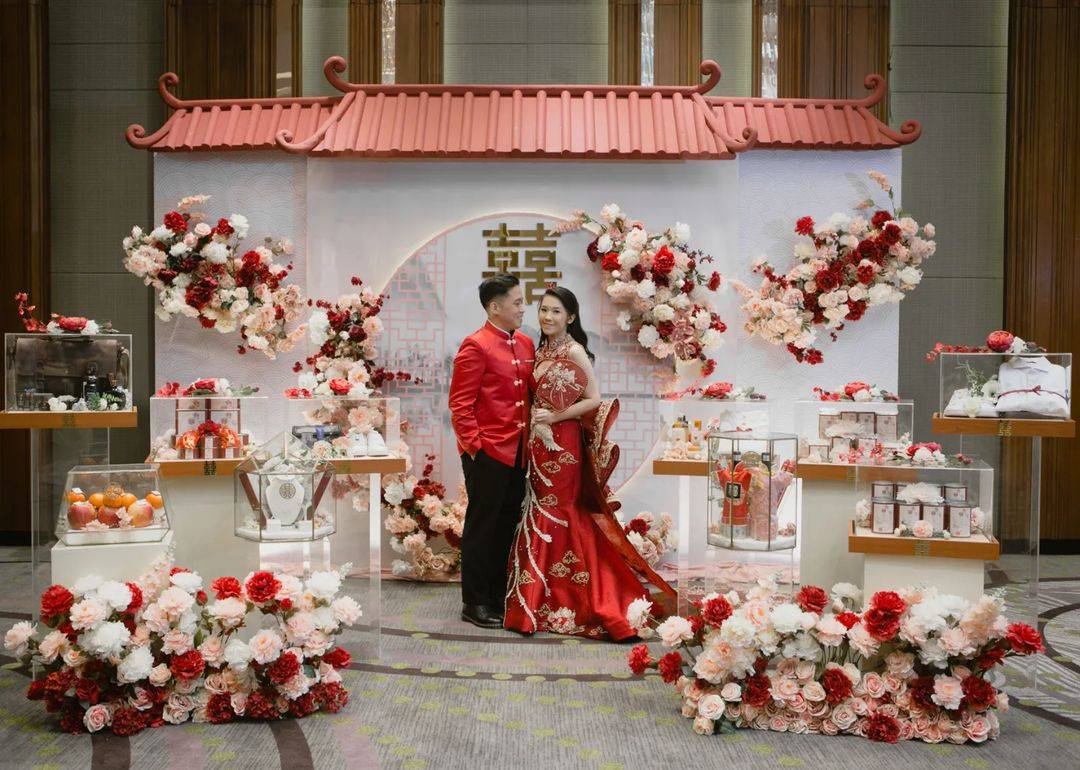
Culinary Delights
Every celebration is complete with a feast, and Sangjit is no exception. The ceremony is accompanied by a lavish spread of traditional Chinese and Indonesian delicacies, showcasing the culinary diversity that defines the nation. From mouth-watering dim sum to mee sua noodle soup or other oriental foods, the culinary offerings at Sangjit reflect the fusion of flavors that define Chinese and Indonesia’s multicultural identity.
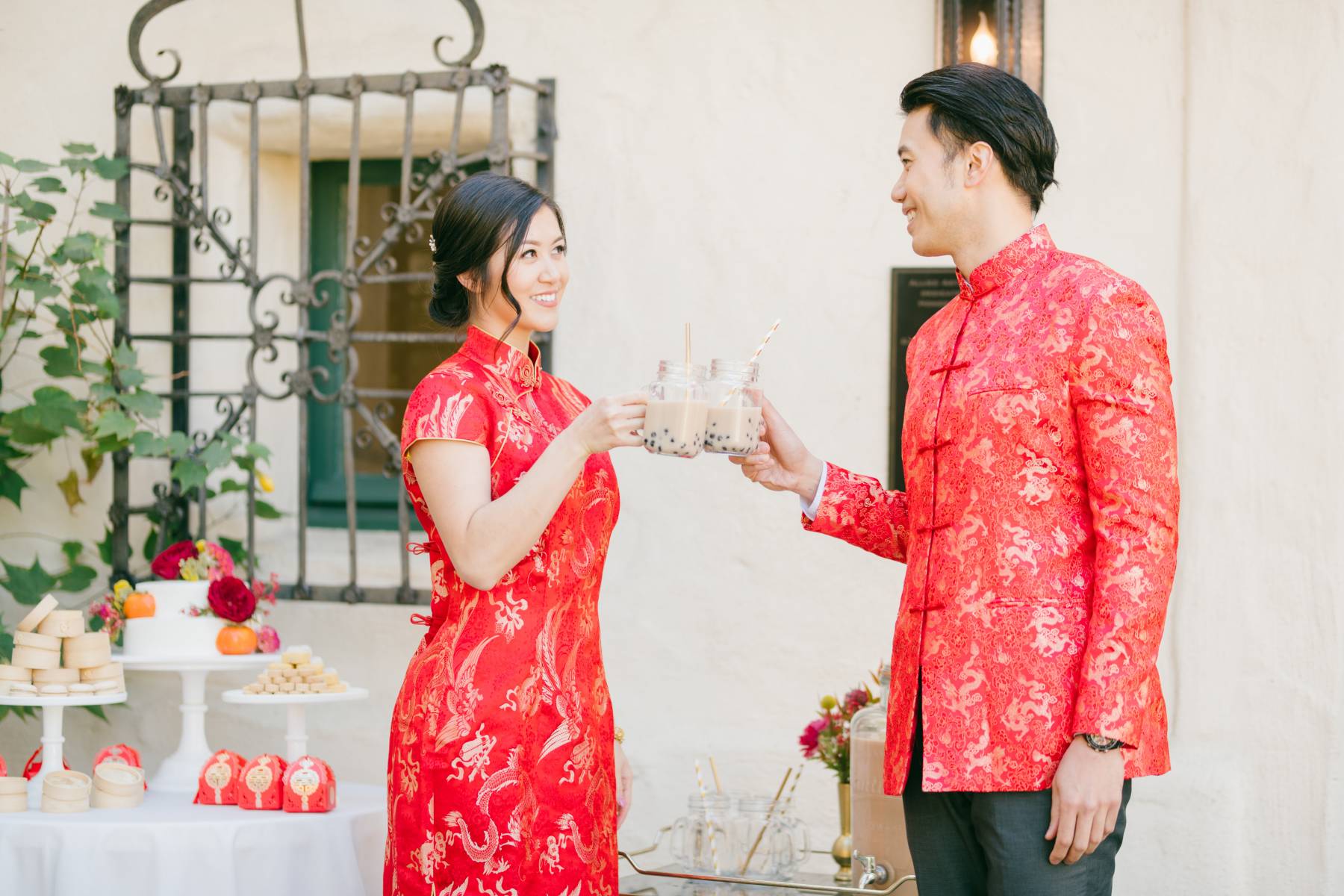
Preserving and Evolving Tradition
While Sangjit remains deeply rooted in tradition, it has also evolved to incorporate contemporary elements. Modern Sangjit ceremonies often feature a blend of traditional rituals and innovative twists, reflecting the dynamic nature of culture. From personalized themes to creative presentations, couples today infuse their unique personalities into the celebration while preserving the essence of Sangjit’s cultural significance.
The Sangjit procession takes on an unmistakable air of authenticity when the bride graces the occasion adorned in a resplendent high-collared cheongsam. In embracing contemporary trends for celebratory attire, the spectrum of cheongsam colors extends beyond the traditional red or golden yellow. Yet, to infuse a touch of vivacity and cultural richness into the ambiance, consider incorporating vibrant accents in shades of red or golden yellow within the intricate fashion details. This thoughtful blend seamlessly fuses tradition and modernity, creating a dynamic and culturally enriched atmosphere for the joyous celebration.
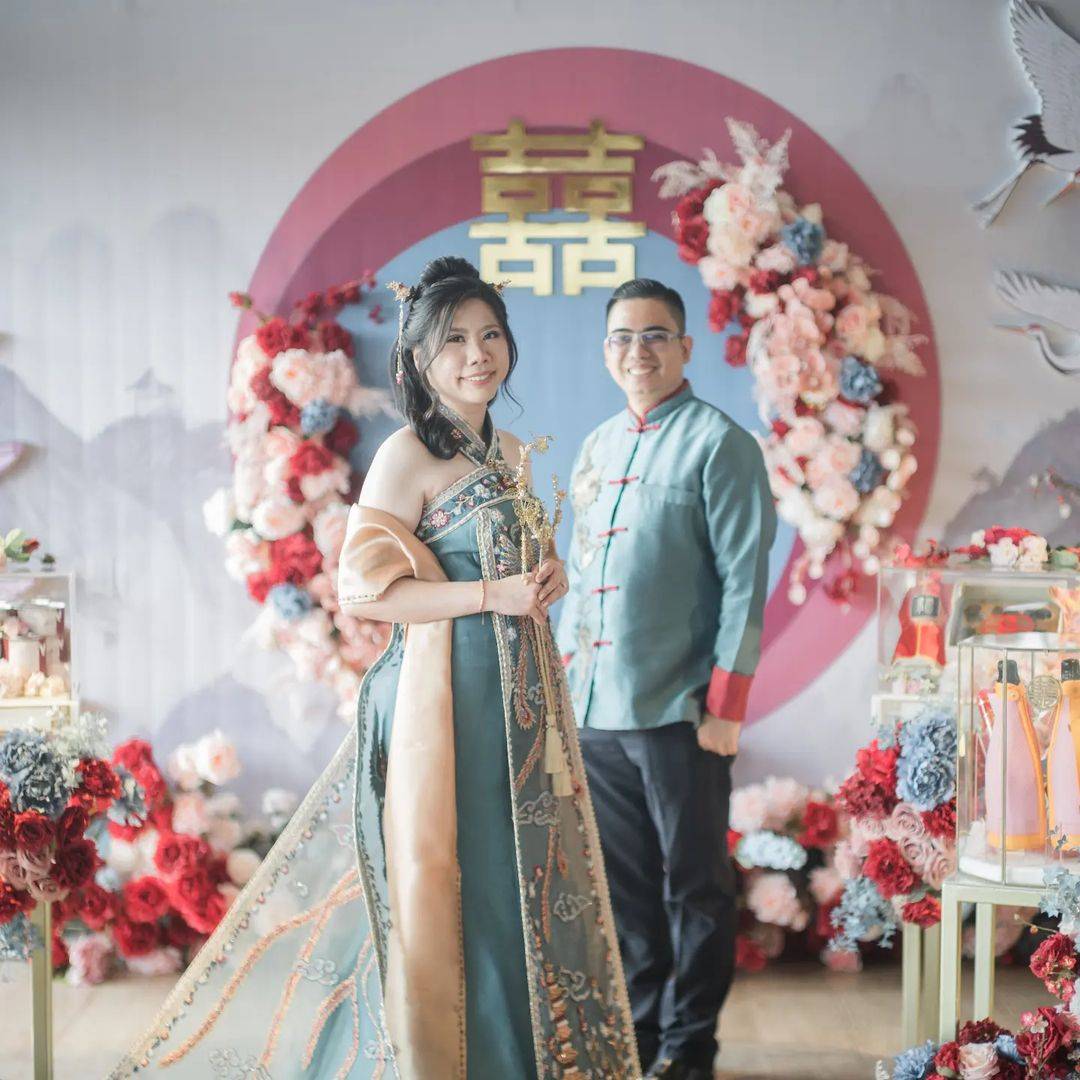
The Sangjit tradition, with its roots firmly planted in history, continues to weave its timeless magic across generations. Beyond exchanging gifts and elaborate rituals, Sangjit is a testament to the enduring beauty of cultural diversity and the power of shared celebrations in fostering unity. In exploring the rich cultural tapestry of Sangjit, we discover the beauty of the tradition itself and the profound connections that bind communities together in celebration of love, family, and the rich tapestry of Indonesian and Chinese culture.
To honor the deeply sacred tradition preceding the transition to a more profound stage in matrimony, Sangjit holds a pivotal role. It necessitates the embodiment of distinctive attire and decor by tradition and the selection of a venue that complements the sanctity of the Sangjit procession. This venue ideally serves as the perfect backdrop for this ceremonial journey, fostering a profound sense of closeness among the families of the betrothed.
As a distinguished resortt boasts an array of picturesque locations ideally suited for the Sangjit ritual, Pullman Ciawi Vimala Hills emerges as the prime choice. With over seven carefully curated venue options, it caters to those seeking luxurious weddings, intimate ceremonies, and engagements, mirroring the essence of Sangjit.

For further details and to craft an enchanting Sangjit celebration, we invite you to contact our dedicated Wedding Specialist, by click this link. Let us collaborate to create a Sangjit celebration that seamlessly blends intimacy and festivity, etching cherished memories for a lifetime.

